Webflow is, for many, the best no-code tool for building websites. But it’s also a platform that brings the power of SEO into the hands of designers and developers alike.
With its robust features, from SSL certificates to custom page slugs and beyond, Webflow equips you to push your site up the search rankings.
But SEO success with Webflow doesn’t stop at technical tweaks. It also prioritizes an enriching user experience, the ability to create compelling content, and allows for true site accessibility.
Optimize for Technical SEO
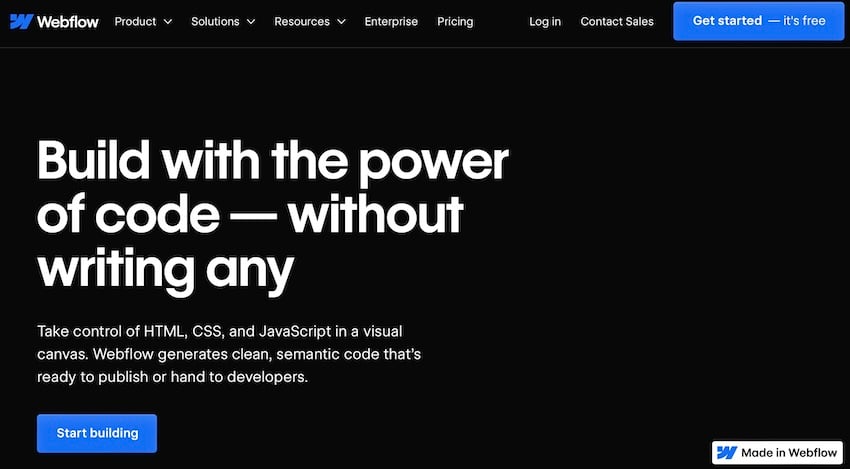
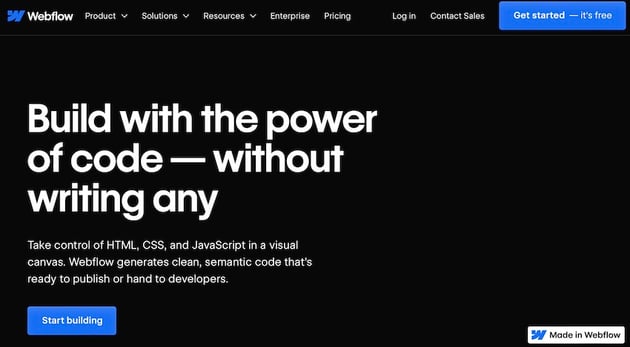
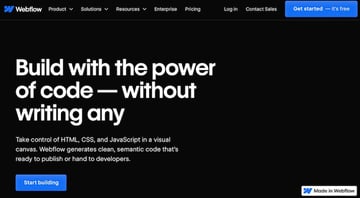
Optimizing your site with Webflow starts with a solid foundation—technical SEO. This aspect might not be the most glamorous part of site design but think of it as setting the stage for your content to shine.
Let’s break down the key components:
1. Leverage Webflow’s Built-in SEO Tools
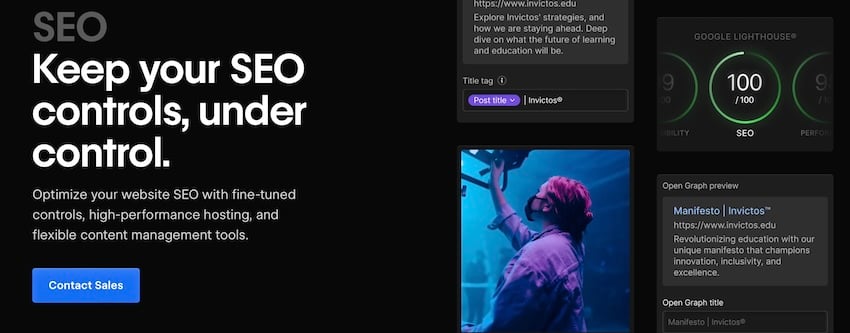
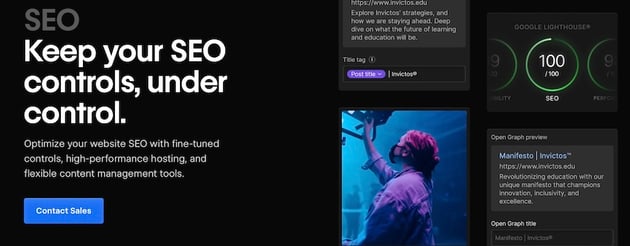
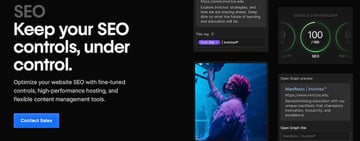
Webflow isn’t shy about offering tools that streamline the technical side of SEO. Activating SSL certificates and minimizing code right from your project settings can significantly speed up your site and beef up its security.
These steps are crucial because a secure and fast-loading site ranks higher in search results and offers a better experience for your visitors.
2. Create SEO-Friendly URLs
The importance of a clean, keyword-rich URL can’t be overstated. It’s like telling both your visitors and search engines what your page is about at a glance. Webflow makes it easy to customize page slugs, allowing you to match URLs to your page titles or target keywords, minus any filler words.
This approach not only helps in ranking but also makes your URLs memorable and easy to share.
3. Auto-Generate Sitemaps
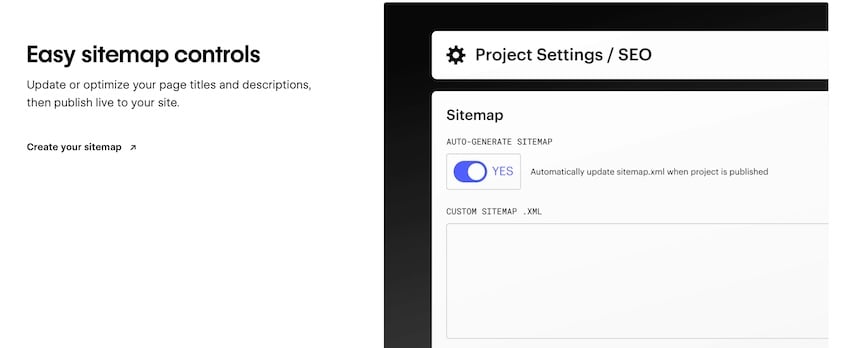
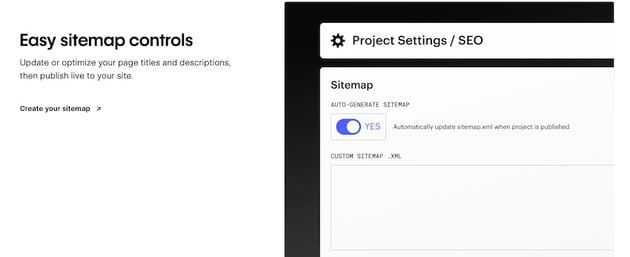
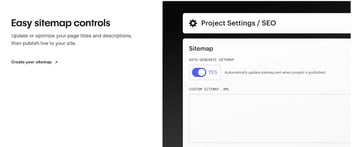
A sitemap is essentially a map that guides search engines through your site, ensuring they find and index all your content. Webflow’s auto-generate sitemap feature saves you the hassle and automatically updates as you add or modify pages. Submitting this sitemap to search engines is a straightforward way to boost your site’s visibility.
4. Prevent Duplicate Content with Staging Domains
Webflow provides a staging domain to test your site without affecting the live version. However, it’s vital to prevent search engines from indexing this domain to avoid content duplication issues.
Ensuring your staging domain isn’t visible to search engines keeps your SEO efforts focused and effective, avoiding the pitfalls of split traffic or penalization for duplicate content. Thankfully, this is easy to do in Webflow as well.



Optimize for On-Page SEO
Moving beyond the technical setup, on-page SEO is where your content gets to do the heavy lifting. This is about making every page as optimized for search engines as possible. Here’s how to make it happen with Webflow:
1. Optimize Titles and Meta Descriptions
Your titles and meta descriptions are your first contact with search engine users. In Webflow, customizing these elements is straightforward, and happens in the settings for each page. They allow you to weave in your focus keywords while keeping things compelling.

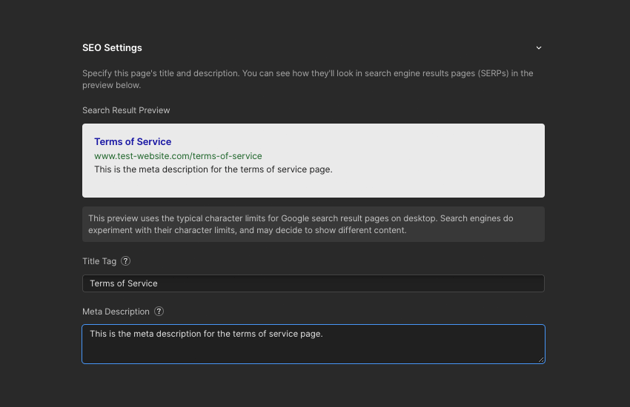
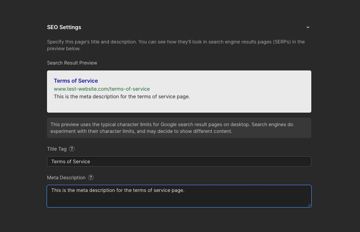
Think of your title as the headline of your story and your meta description as the intriguing blurb on the back cover. This duo not only boosts your visibility but can significantly impact click-through rates.
2. Use Header Tags Wisely
Just like any well-structured document, your website needs clear headings. Webflow encourages the use of H1 through H6 tags to organize your content logically, making it digestible for both search engines and human readers.
In fact, if you go to publish your site with errors in the heading hierarchy, Webflow will prompt an audit and show you exactly where the problems lie:

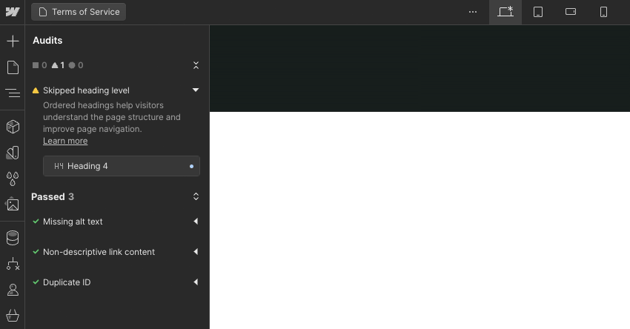
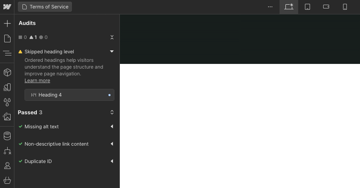
Remember, headers offer formatting but they also form a clear hierarchy and flow of information.
3. Image Optimization is a Must
Pictures can add a lot of value to your content but only if they load quickly and have the right alt text. Webflow’s image optimization tools, including automatic resizing and lazy loading, ensure your visuals enhance rather than hinder your page’s performance.
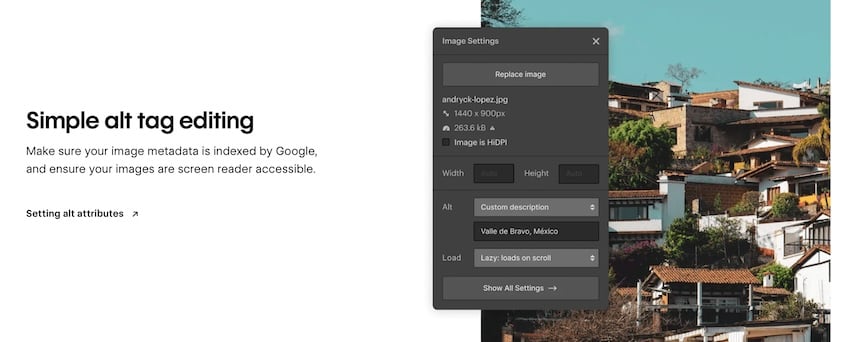
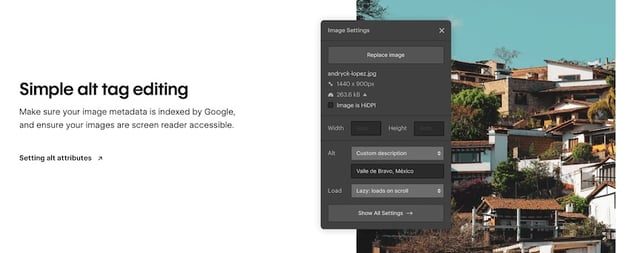
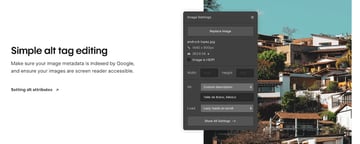
Alt text, meanwhile, helps search engines understand the context of your images, contributing to your SEO while making your site more accessible.
Set your alt text within the assets panel so that every instance of your images use that alt text.
Convert your images to .webp format within Webflow to ensure your page weight is kept to a minimum. To do this, expand the Assets panel, search for .png or .jpg extensions, then select the images you want to compress, and hit Compress.

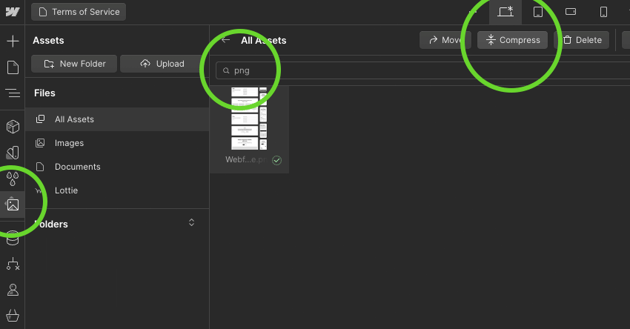
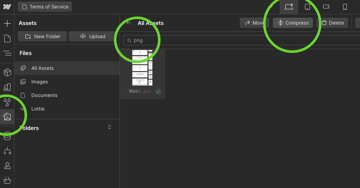
4. Content Quality and Keyword Integration
At the heart of on-page SEO is your content’s quality and how naturally you integrate keywords. Webflow’s CMS supports SEO-friendly content creation, encouraging you to dive deep into topics, provide value, and sprinkle keywords where they fit naturally.
Enhance User Experience
Webflow provides you with tools and features that make crafting compelling user experiences possible and enjoyable. Here’s how to elevate UX on your Webflow site:
1. Streamline Website Navigation
Imagine your site as a map, with clear signs guiding visitors to their destinations. Effective navigation is key to keeping visitors engaged and reducing bounce rates.
Webflow’s intuitive design tools let you build a user-friendly header and footer navigation, ensuring your visitors can easily find what they’re looking for without feeling lost. This approach not only makes your site more enjoyable to explore but also helps search engines understand your site structure, further boosting your SEO.
2. Optimize for Mobile
Your site needs to look good on screens of all sizes, of course. And mobile responsiveness has been a requirement for many years now. But Webflow’s responsive design capabilities are notable in their simplicity.
Designing in Webflow ensures your site automatically adjusts to fit any device. This adaptability is critical for keeping mobile users engaged and meets Google’s mobile-first indexing requirements, directly impacting your search rankings.
3. Improve Loading Times
Patience is a rare commodity online, and slow-loading pages are a definite way to drive visitors away. You can optimize image sizes using Webflow’s automatic image formatting (as we mentioned previously), which will help speed up site performance.
You can also minimize code bloat by default. Upon going to publish your website, click Advanced options and select which assets you’d like to minify:
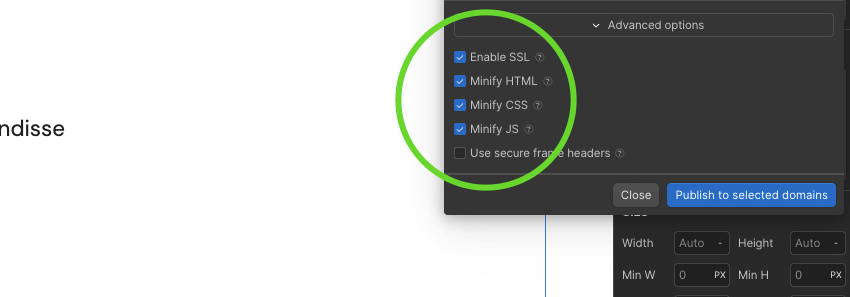
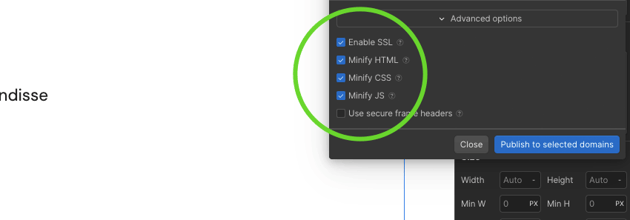

Remember, a fast site is a friendly site, encouraging visitors to stick around and explore more of your content.
Advanced SEO Features
Tapping into Webflow’s advanced SEO features unlocks a new level of optimization. These features give your site that extra edge, making it not just visible but stand out in search results.
Let’s explore how you can use these advanced capabilities:
1. Use Structured Data to Your Advantage
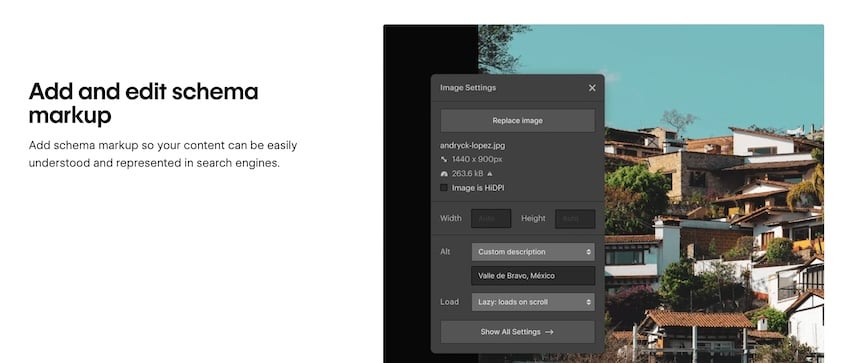
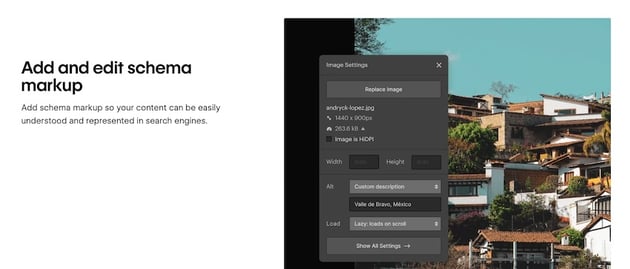
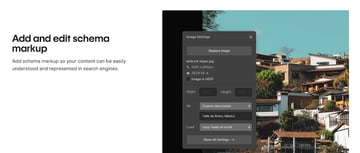
Structured data, or schema markup, is like speaking directly to search engines in their language. It helps them understand the context of your content, making your site more likely to appear in rich snippets and other search enhancements.
Webflow simplifies the process of adding structured data to your site, allowing you to highlight everything from articles and events to products and FAQs. Implementing structured data correctly can significantly increase your visibility and click-through rates as well.
2. Implement Hreflang Tags for Multilingual Sites
If your audience spans across different countries and speaks multiple languages, hreflang tags are essential. They tell search engines which version of a page is intended for speakers of a specific language, helping to deliver the most relevant content to users worldwide.
Webflow’s ease of implementing hreflang tags ensures that your multilingual content strategy doesn’t just reach a global audience but resonates with them on a local level.
Even if you don’t use different languages or Webflow’s localisation tools, you should set the default language (this is possible by turning on localisation settings). How do you know if you’ve done this? Test your website’s URL with https://pagespeed.web.dev and look under the SEO results:
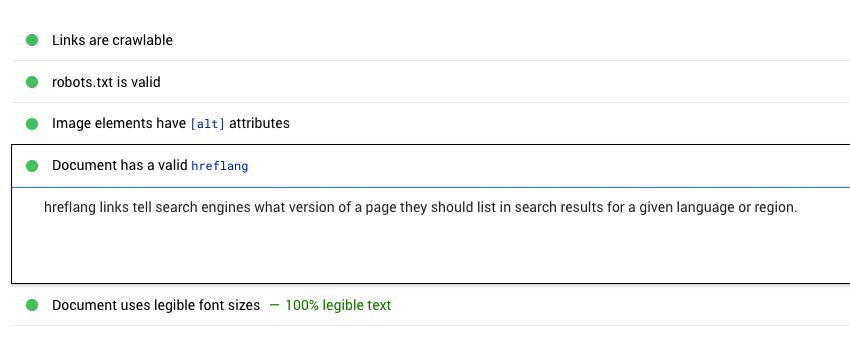
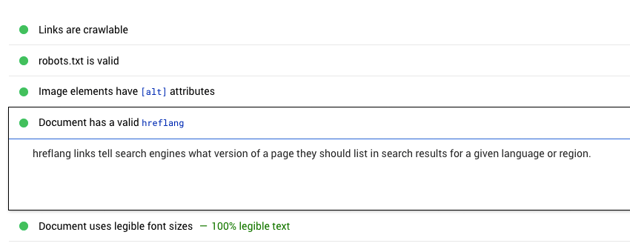
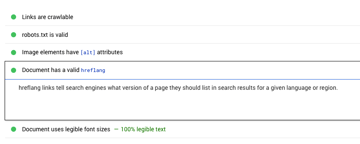
3. Enhance Accessibility for All Users
Accessibility should never be an afterthought. Making your site accessible means ensuring that everyone, including users with disabilities, can navigate and interact with your content.
Webflow encourages best practices like using alt texts for images, ensuring keyboard navigability, and maintaining proper contrast ratios. Beyond being a moral imperative, accessible sites tend to rank better in search results, as they offer a better user experience to a wider audience.
4. Connect Google Search Console & Google Analytics
Integrating your site with Google Search Console and Google Analytics opens up a world of data about your site’s performance.
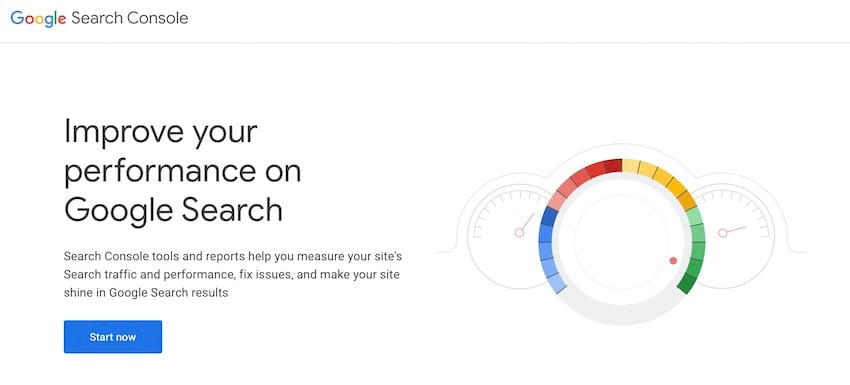
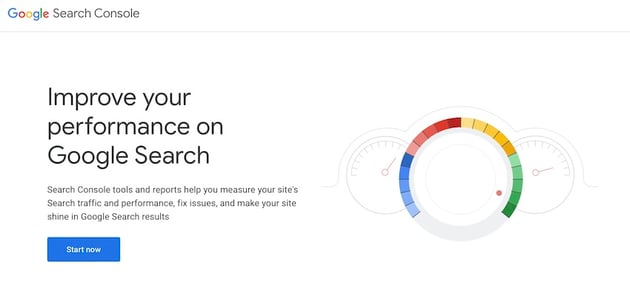
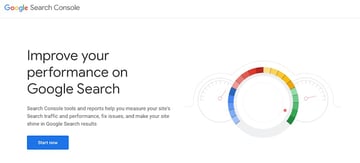
From understanding how visitors find your site to which pages they engage with most, these tools offer invaluable insights. Webflow makes this integration straightforward, allowing you to track, analyze, and refine your SEO strategies based on real user behavior
Webflow Promises Streamlined SEO—Will You Take Advantage?
From laying the technical groundwork to optimizing each page and enhancing the overall user experience, we’ve walked through the essentials of making your site shine in the eyes of both search engines and your audience using Webflow. Hopefully, you now have a better understanding of how this web design tool helps streamline the optimization process.
Remember, SEO is an ongoing process, a conversation between your site and search engines that evolves with every algorithm update and every piece of content you publish. With the strategies we’ve outlined (backed by Webflow’s built-in toolkit) your site has the potential to not only reach its target audience but to engage and convert them. Best of luck!